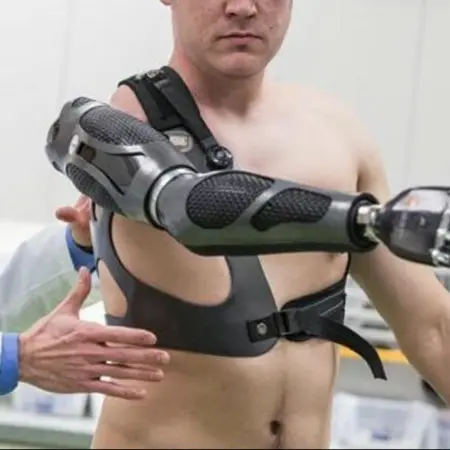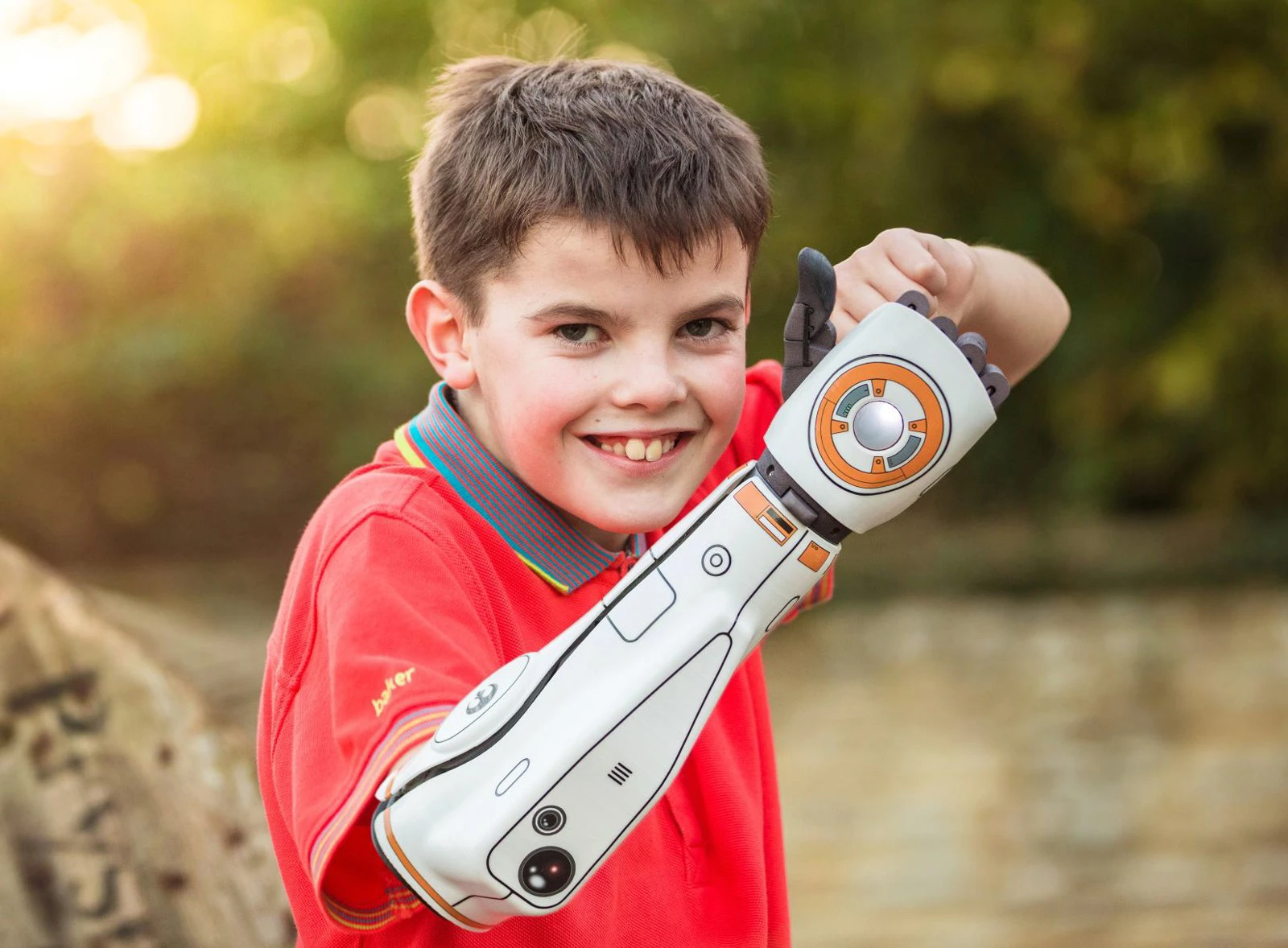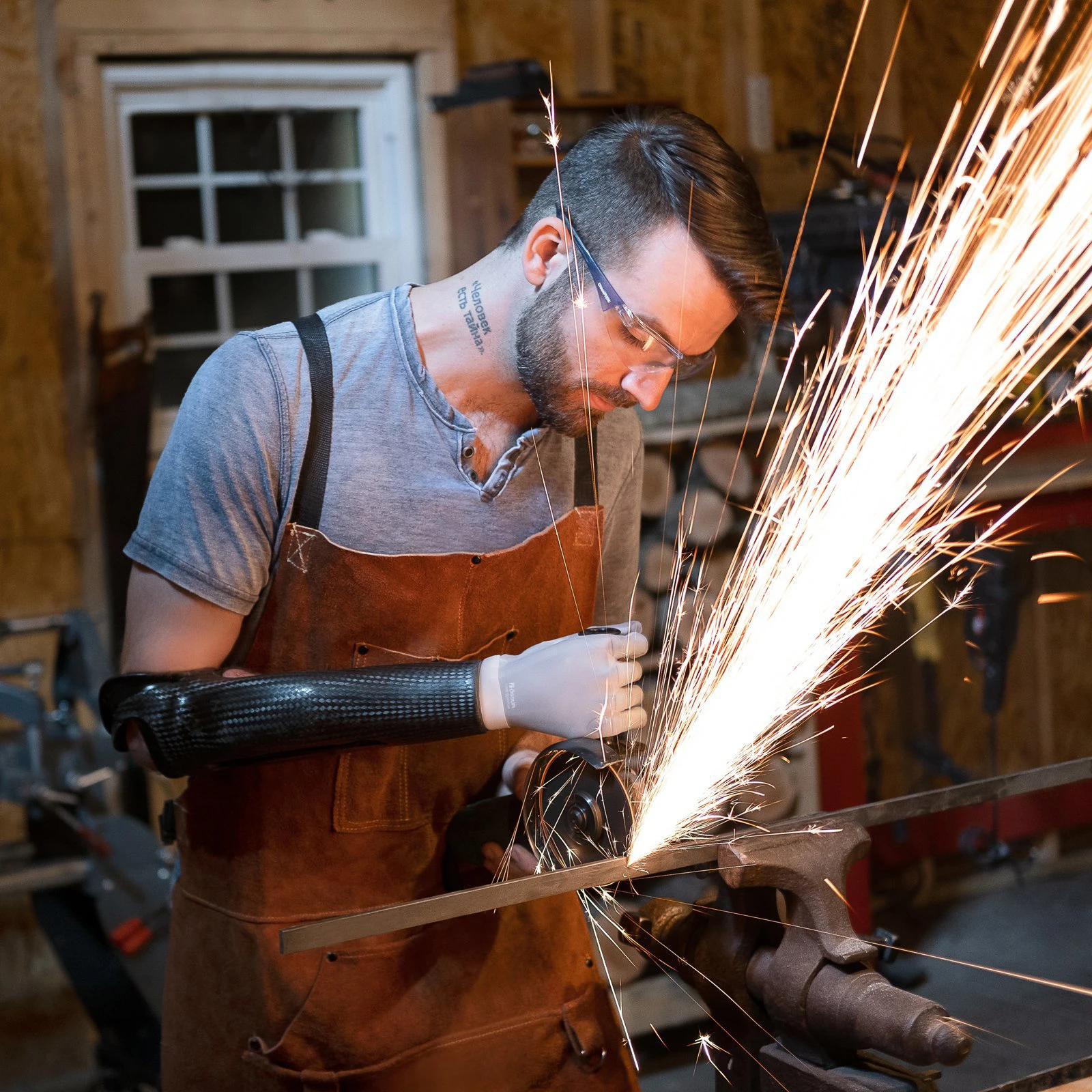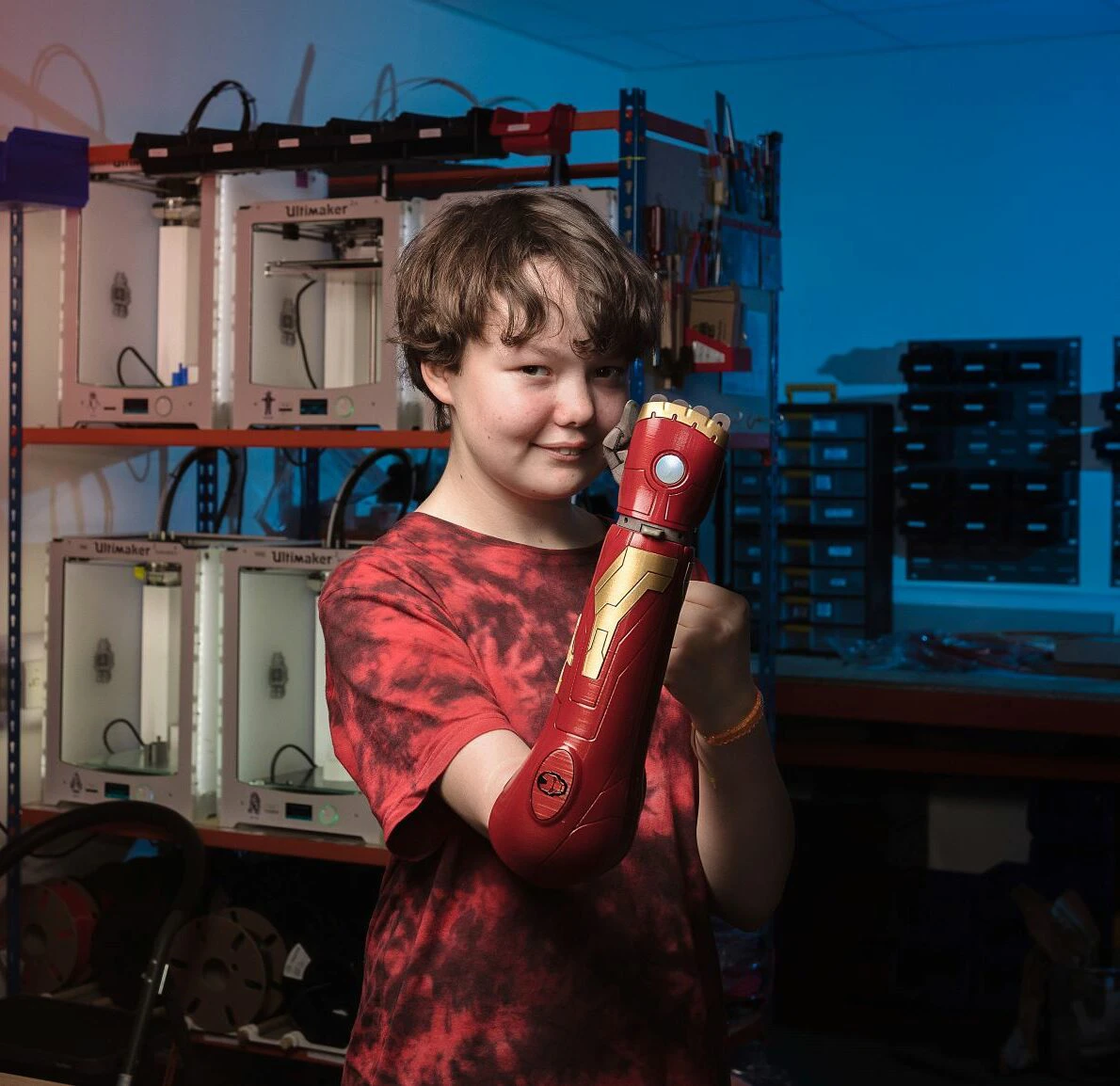Do you have complaints due to your arm prosthesis? Arm or hand prosthesis wearers may suffer from skin irritation, pressure spots and excessive sweating due to an ill-fitting socket. Muscle fatigue and control problems such as slow response or erroneous electronic signals also occur. In addition, with myo-electric and bionic arms and hands, technical failures, such as battery failure and premature wear and tear, can occur.
Shoulder and back strain, as well as phantom pain, can also occur. Psychosocial complaints such as frustration and uncertainty are then a logical consequence. In case of complaints arm prosthesis, complaints hand prosthesis or finger prosthesis, contact the Amputee Care Center.













